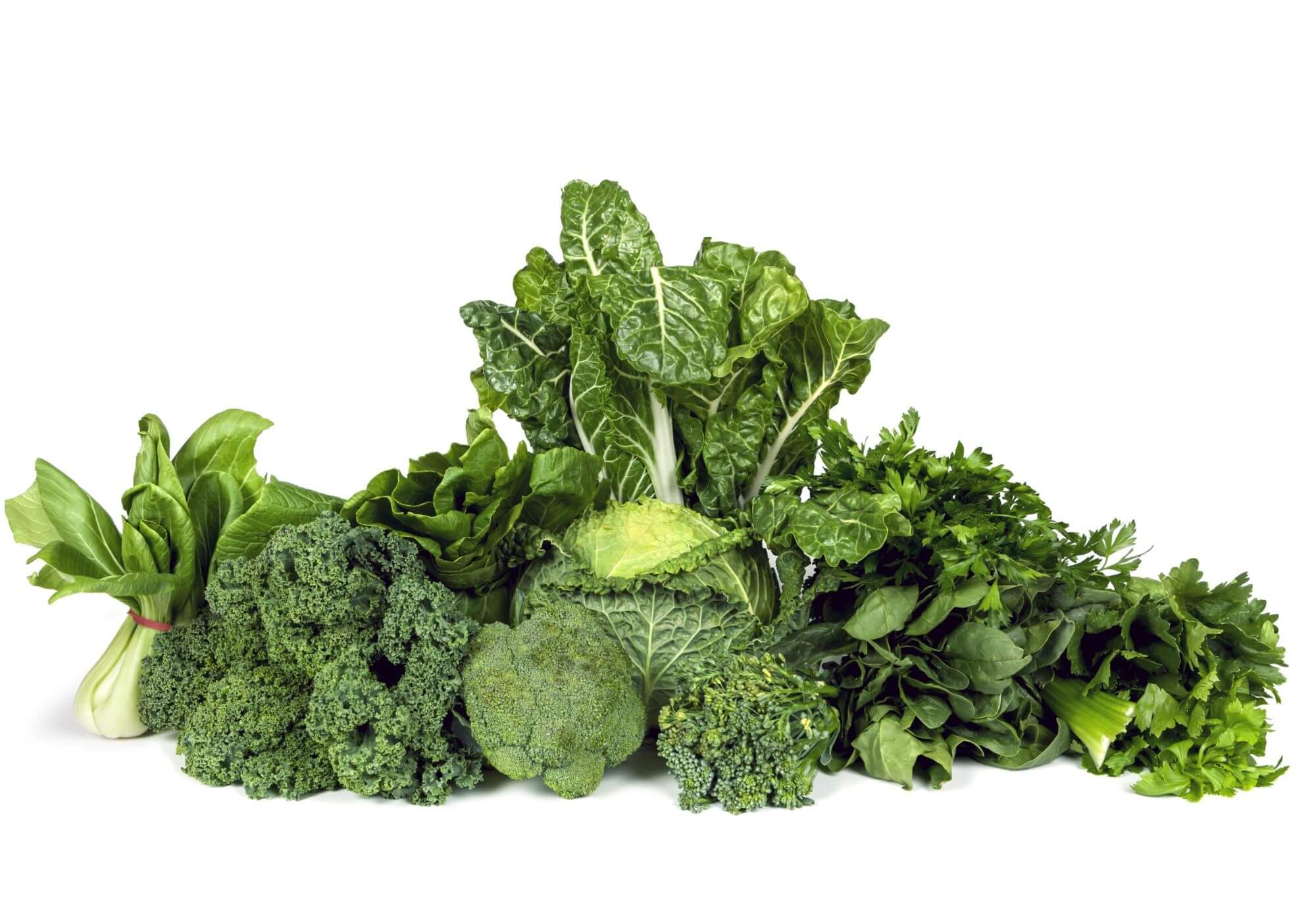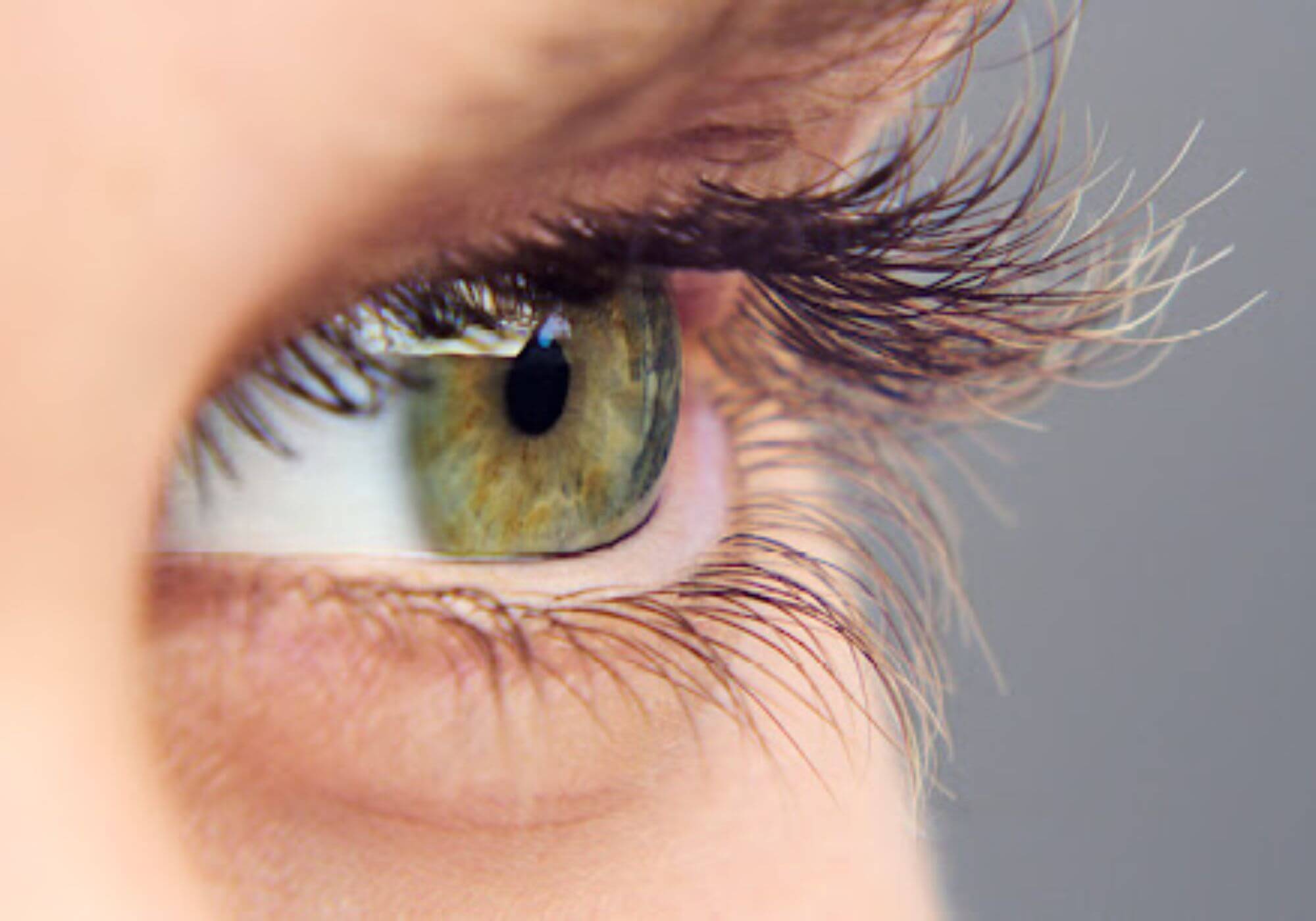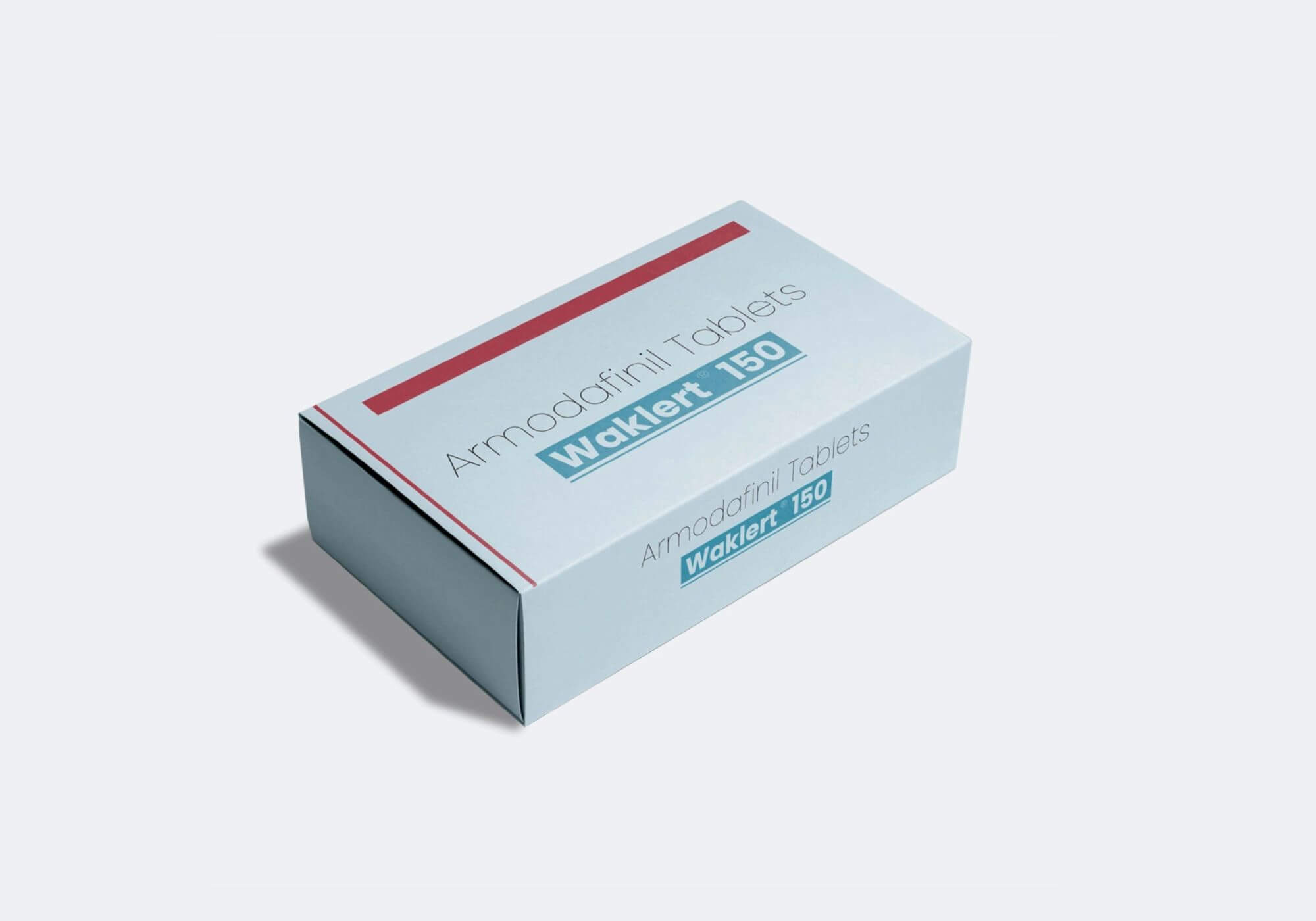Embracing Sustainable And Ethical Beauty For A Radiant Future
Written By -
on August 14, 2024

Embracing Sustainable And Ethical Beauty For A Radiant Future
The beauty industry bears a responsibility to prioritize sustainability and ethical sourcing as a top priority. It is evident that this industry holds substantial influence over the environment, human well-being, and the welfare of animals. The importance of sustainability and ethical sourcing has witnessed a significant surge in recent years due to the recognition of this impact. Presently, consumers are increasingly conscious of the products they utilize and actively seek out companies that prioritize ethical sourcing and embrace environmentally friendly business practices. By opting for sustainable beauty products, individuals can actively contribute to environmental improvement and support the well-being of both humans and animals involved in the production process.
Overview of the shift towards Eco-friendly and cruelty-free beauty products There has been a noticeable shift in consumer preferences toward Eco-friendly and cruelty-free beauty products. Eco-conscious consumers are demanding products that are not only effective but also align with their values and beliefs. Brands are recognizing this demand and responding by offering a wide range of sustainable and cruelty-free options. This shift is transforming the beauty industry, encouraging innovation and inspiring a greener approach to beauty.

UNDERSTANDING SUSTAINABILITY IN BEAUTY
Definition of sustainability in the context of beauty products Sustainability in the beauty industry refers to practices that minimize negative environmental impacts throughout the product’s life cycle. It encompasses various aspects, including ingredient sourcing, manufacturing processes, packaging, and waste management. Sustainable beauty products aim to reduce resource consumption, minimize pollution, and prioritize long-term ecological balance.
ENVIRONMENTAL IMPACT OF CONVENTIONAL BEAUTY PRODUCTS
Chemical pollution and water contamination Conventional beauty products often contain synthetic chemicals that can be harmful to ecosystems. These chemicals can find their way into water systems, contaminating rivers, lakes, and groundwater. The release of chemical pollutants can disrupt aquatic ecosystems and have long-lasting effects on the environment.
Deforestation and habitat destruction
Certain beauty ingredients, such as palm oil and tropical hardwoods, contribute to deforestation and habitat destruction. Unsustainable sourcing practices can lead to the loss of biodiverse ecosystems and threaten the survival of endangered species.
Greenhouse gas emissions
The production and distribution of beauty products contribute to greenhouse gas emissions. Energy-intensive manufacturing processes, transportation, and the use of fossil fuel-based ingredients contribute to carbon emissions, exacerbating climate change.
THE RISE OF ECO-FRIENDLY BEAUTY BRANDS
Overview of eco-friendly beauty brands Eco-friendly beauty brands prioritize sustainable practices, transparency, and environmental responsibility. These brands consider the entire product life cycle, from sourcing raw materials to packaging and disposal. They strive to minimize their ecological footprint and promote a more sustainable future for the beauty industry.
EMPHASIS ON NATURAL AND ORGANIC INGREDIENTS
Benefits of natural ingredients for the skin Eco-friendly beauty brands focus on using natural and organic ingredients that are derived from renewable sources. These ingredients often provide additional benefits to the skin, such as hydration, nourishment, and protection. Natural extracts, oils, and botanicals can be rich in antioxidants, vitamins, and minerals, promoting healthy skin without the use of harsh chemicals.

Promoting biodiversity and protecting ecosystems
By prioritizing natural ingredients, eco-friendly beauty brands support biodiversity and help protect fragile ecosystems. They work closely with farmers and growers who employ sustainable farming practices, minimizing the use of pesticides and promoting organic cultivation. This approach contributes to preserving the natural habitats of various plant species and supports the balance of ecosystems.
PACKAGING INNOVATIONS FOR REDUCING WASTE
Sustainable materials and biodegradable packaging Eco-friendly beauty brands are revolutionizing packaging by opting for sustainable materials, such as recycled plastics, glass, or compostable alternatives. These materials reduce reliance on virgin resources and minimize waste generation. Biodegradable packaging options, including plant-based plastics and compostable materials, are gaining popularity as they break down naturally, reducing environmental impact.
Refillable and reusable packaging options
To further reduce waste, eco-friendly beauty brands offer refillable and reusable packaging options. By designing products with refillable containers, consumers can enjoy their favorite beauty items while minimizing single-use packaging waste. This approach encourages a more sustainable and circular economy, where packaging is reused rather than discarded after a single use.
CRUELTY-FREE PRACTICES IN THE BEAUTY INDUSTRY
Explanation of cruelty-free cosmetics Cruelty-free cosmetics refer to products that are not tested on animals at any stage of development or production. These products prioritize the welfare of animals and avoid inflicting unnecessary harm or suffering.
ALTERNATIVES TO ANIMAL TESTING
In vitro testing and advanced technology Advancements in technology have paved the way for alternatives to traditional animal testing methods. In vitro testing involves using human cells and tissues to evaluate product safety and efficacy. This approach provides more accurate results and eliminates the need for animal experimentation.
Collaboration with human volunteers Many beauty brands collaborate with human volunteers to conduct safety assessments and gather feedback on product performance. These voluntary programs ensure that products are tested on willing participants while adhering to ethical guidelines and ensuring user safety.
RECOGNIZED CRUELTY-FREE CERTIFICATIONS AND LABELS
Leaping Bunny and PETA’s Beauty Without Bunnies To help consumers make informed choices, recognized cruelty-free certifications and labels have been established. Organizations such as Leaping Bunny and PETA’s Beauty Without Bunnies certify products and brands that meet strict cruelty-free standards. These certifications provide assurance that the products have undergone rigorous assessment and do not involve animal testing.
The importance of verifying cruelty-free claims As the demand for cruelty-free products increases, some brands may make false or misleading claims. It is crucial for consumers to research and verify the credibility of cruelty-free claims through reputable certification programs and independent sources. This ensures that their purchases genuinely support ethical practices and animal welfare.
ETHICAL SOURCING AND FAIR TRADE IN BEAUTY
Definition of ethical sourcing in the beauty industry Ethical sourcing refers to the responsible procurement of ingredients and materials that prioritize fair trade practices, worker welfare, and environmental sustainability. Beauty brands committed to ethical sourcing seek to establish transparent supply chains that support fair wages, safe working conditions, and local community development.
SUPPORT FOR FAIR TRADE PRACTICES
Ensuring fair wages and working conditions Ethically sourced beauty products guarantee fair compensation for workers involved in ingredient sourcing, cultivation, and manufacturing. By working closely with suppliers and communities, brands uphold fair trade principles, ensuring that workers receive adequate wages, benefits, and safe working environments.
Promoting community development and empowerment Ethical sourcing practices empower local communities by creating economic opportunities and supporting their well-being. By establishing long-term relationships with suppliers, beauty brands contribute to community development projects, education initiatives, and sustainable practices. This holistic approach fosters social and economic progress, promoting a more equitable beauty industry.
INNOVATIVE SUSTAINABLE INGREDIENTS AND FORMULATIONS
Introduction to sustainable beauty ingredients Sustainable beauty ingredients are derived from renewable resources and produced through eco-friendly processes. These ingredients offer alternatives to conventional components, reducing the environmental impact of beauty products.
Plant-based alternatives to common beauty ingredients
Natural preservatives and antioxidants Sustainable beauty brands utilize plant-based preservatives and antioxidants as alternatives to synthetic counterparts. These natural ingredients provide effective preservation and protection against microbial growth while minimizing the potential for skin irritation.

Oils and butters derived from sustainable sources Beauty brands are increasingly incorporating oils and butters derived from sustainable sources, such as shea butter, jojoba oil, and argan oil. These ingredients offer moisturizing, nourishing, and reparative properties for the skin and hair. By sourcing these ingredients sustainably, brands support responsible cultivation and help conserve natural resources.
Eco-conscious formulation techniques
Waterless and minimal water formulations Water is a valuable resource, and beauty brands are exploring waterless or minimal water formulations. By reducing water content or replacing it with botanical extracts and hydrosols, these formulations conserve water resources while maintaining product effectiveness.
Biodegradable and non-toxic formulations To minimize environmental impact, sustainable beauty brands focus on developing biodegradable and non-toxic formulations. These formulations break down naturally after use, reducing pollution and waste accumulation. By prioritizing non-toxic ingredients, brands also safeguard consumer health and well-being.
SUSTAINABLE BEAUTY ROUTINES AND TIPS
Tips for transitioning to a sustainable beauty routine
Transitioning to a sustainable beauty routine can be a gradual process.
The below are some of the important tips that you may start with:
Research and educate yourself: Learn about sustainable beauty brands, ingredients to avoid, and eco-friendly practices to make informed choices.
Assess your current products: Evaluate your existing beauty collection and identify products that can be replaced with sustainable alternatives.
Look for certifications and labels: Seek products certified by reputable organizations to ensure they meet rigorous sustainability and ethical standards.
Opt for multi-purpose products: Choose versatile products that serve multiple functions, reducing the number of products you need to purchase.
Reduce packaging waste: Select products with minimal or recyclable packaging to minimize waste generation.
DIY BEAUTY RECIPES USING NATURAL AND ECO-FRIENDLY INGREDIENTS
Homemade face masks and scrubs
Create your own face masks and scrubs using simple, natural ingredients. For example, mix organic oats, honey, and yogurt to create a gentle exfoliating face scrub that nourishes the skin. Experiment with ingredients like avocado, coconut oil, and clay to customize masks for different skin types and concerns.

DIY natural hair care products
Make your own natural hair care products using ingredients such as aloe vera gel, essential oils, and apple cider vinegar. These DIY recipes offer a personalized approach to hair care while reducing reliance on commercially packaged products.
THE FUTURE OF SUSTAINABLE BEAUTY
Emerging trends and innovations in sustainable beauty
The future of sustainable beauty is filled with exciting trends and innovations that aim to revolutionize the industry. Here are a few areas to watch:
Biodegradable packaging materials: Beauty brands are exploring packaging materials that break down naturally and have minimal environmental impact.

Sustainable ingredient sourcing: Brands are investing in responsible sourcing practices, such as regenerative farming and supporting local communities.
Carbon-neutral initiatives: Many beauty brands are striving to achieve carbon neutrality by reducing emissions and investing in renewable energy sources.
Influence of consumer demand on the beauty industry
Consumer demand plays a pivotal role in shaping the beauty industry’s direction. As more individuals prioritize sustainability and ethical considerations, brands are compelled to adapt and offer eco-friendly options to cater to this growing market.
Collaboration and industry-wide efforts for a greener future
To drive change on a larger scale, collaboration and industry-wide efforts are crucial. Beauty brands, suppliers, and consumers can work together to advocate for stricter regulations, share best practices, and support initiatives that promote sustainability and ethical sourcing.
CONCLUSION
The beauty industry is undergoing a remarkable transformation as the focus on sustainability and ethical sourcing becomes more prominent. The realization of the industry’s impact on the environment, human health, and animal welfare has led to a growing movement towards sustainable beauty practices. Consumers are becoming increasingly aware of the consequences of their choices and are actively seeking out brands that prioritize ethical sourcing and eco-friendly approaches.
By embracing sustainable beauty and cosmetics, you become an advocate for the environment, human well-being, and animal welfare. Let’s embark on this transformative journey and make a positive impact, one beauty product at a time.
More Blogs













